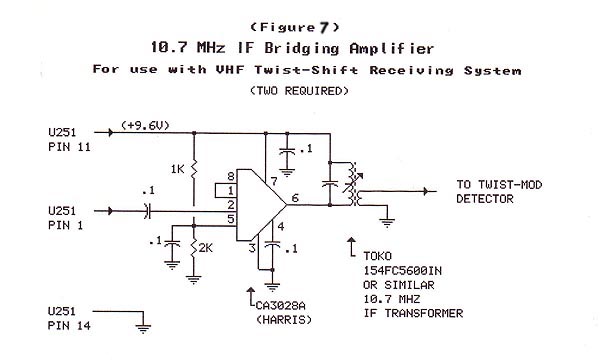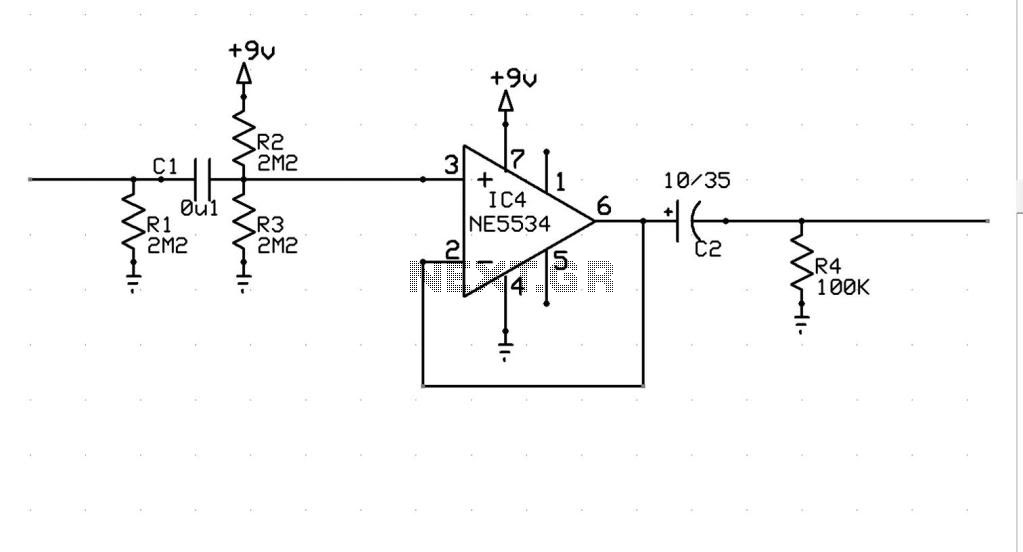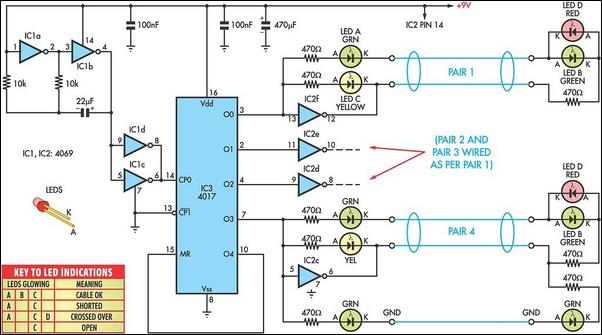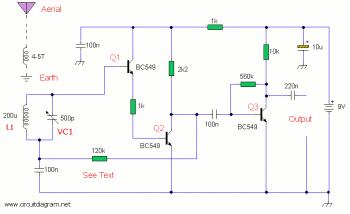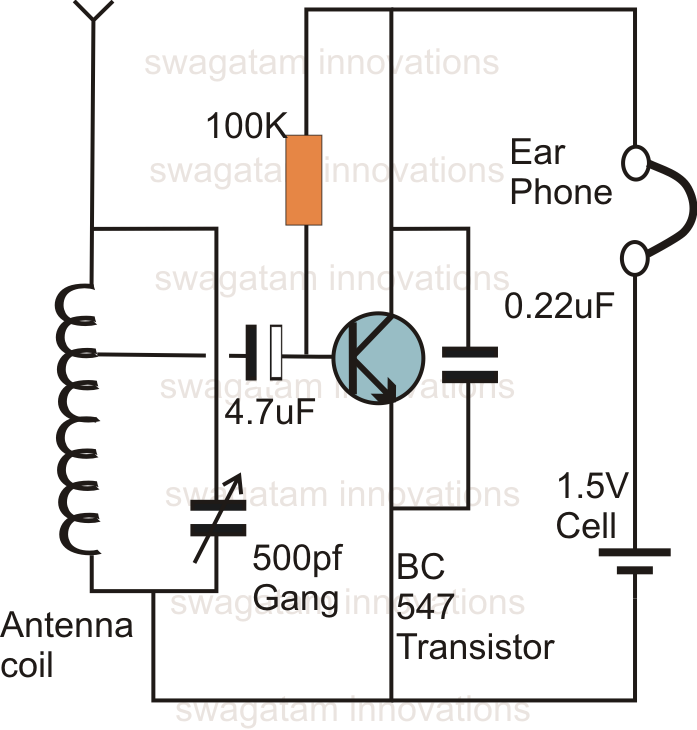
Meteor Scatter obs with VHF Radio & Computer
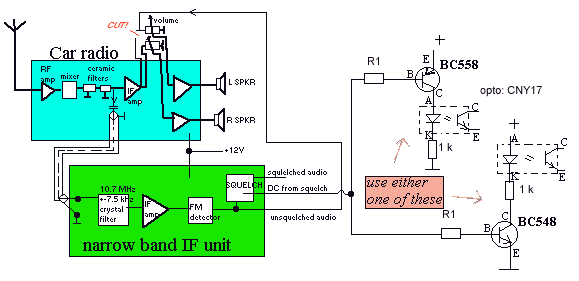
This document provides information on the technical aspects of monitoring meteor counts through VHF radio receivers. It aims to address gaps in existing literature and offers alternative perspectives on observational techniques, supported by real data. While many online resources detail individual setups and basic meteor observation methods, this document seeks to clarify the purpose of MS-Soft, which is not meteor counting software. It also highlights the need for comprehensive documentation that covers various operational observing systems, including a comparison table for clarity. The latter sections describe receiving hardware and free software for a homemade receiving setup, requiring some technical skills for replication. The document focuses on essential factors that may not be adequately presented elsewhere and recommends additional reading for foundational understanding. The author emphasizes that casual listening can lead to misleading conclusions regarding meteor activity, advocating for the development of automated meteor counting systems for more reliable data collection.
Meteor observation through VHF radio receivers involves capturing radio waves reflected by meteors as they enter the Earth's atmosphere. This technique allows for the quantification of meteor activity, providing valuable data for researchers and enthusiasts alike. The document outlines the importance of understanding the operational capabilities of different receiving systems, which can vary significantly in terms of sensitivity, accuracy, and complexity.
The comparison table included in the document serves as a reference for users to evaluate various setups based on key features such as frequency range, receiver sensitivity, and software compatibility. This comparative analysis aids in selecting the appropriate equipment for meteor observation, ensuring that users can make informed decisions tailored to their specific needs.
The document also addresses common misconceptions regarding "Radio Meteors," clarifying that these phenomena are not distinct from visible meteors but rather represent the same event viewed through different observational techniques. The interaction between meteors and radio waves occurs due to ionization in the atmosphere, which reflects VHF signals. While no direct radio emissions are produced by the meteors themselves, the reflected signals provide crucial data for meteor counting and analysis.
For those interested in constructing a homemade receiving setup, the document outlines the necessary hardware components, such as antennas, receivers, and software tools. It emphasizes the need for technical proficiency to replicate these systems effectively. Furthermore, it suggests collaborating with knowledgeable individuals to overcome potential challenges in the setup process.
In conclusion, the document serves as a valuable resource for both beginners and experienced observers, providing insights into the technical aspects of meteor observation through VHF radio. By focusing on the development of automated systems and encouraging critical analysis of data, it aims to enhance the overall understanding and effectiveness of meteor monitoring efforts.This page contains material related to the technical issues on taking meteor counts thus monitoring the meteor influx using VHF radio receivers. It is not meant to be a comprehensive how-to guide, but tries to fill some gaps and give second opinions on observing techniques partially based on some real data presented here.
There are plenty of sites on the Internet describing individual observing setups and some simple guides on why and how meteor trails are observed with radio. You must have seen them. I did not see it necessary to make another copy of such page - or any other kind, until I noticed there just might be some reasons for creating this document.
One of them was the confusion on the purpose of MS-Soft - which is not the meteor counting software. The other reason was perhaps the lack of documents containing information on more, than just one kind of setup and software. I was missing a document giving the key features of different types of operational observing systems.
Perhaps the comparison table I have made, will make the picture clearer and more objective to all. See what is on the table and think for your self! I do not list all methods I`ve been proposed, or heard used, to do the job - though some of them were quite hilarious, as are some amazing explanations on some documents. So excuse me - I am not focusing here on a five minute science projects, but on something more. At the latter part of this page there are descriptions of receiving hardware and free software making it a complete description of a home made receiving setup.
Some technical skills are needed to duplicate these systems, so if you feel you do not have them, find some local friends to help you out. This document does not go through all the basics of the phenomena, they are found in the MS-Soft`s documents, which you can download from this website download area, but concentrates on a few important factors which I feel, have not been properly presented elsewhere.
Some additional material is recommended to be read along, as basic reference, but I hope this document is useful, even, or just, for a beginner. I hope you eventually come to the conclusion that just listening, occasional or periodic, is a big waste of time in many senses.
Most of the false alarms of unusual meteor activity has been put out by the persons who occasionally listen to meteor reflections with a less than ideal setups. (Bye the way, how do you find out if the receiving setup works right when you don`t have any 24/7 long term data available to analyze it ).
If you look at the visual observations, you are bound to find similarities with this phenomena. Broadcasting out those alerts a few times/month is great publicity, but it backfires as they all, or at least 99% prove to be false. It you spend 10 hours of listening to the radio, you get 10 hours of data that is not easily comparable to anything, but if you would have used that 10 hours to work on an automated meteor counting system, you maybe would have a working setup and you could use the spare time in the future to analyze the data, instead of just taking those random listening samples.
Are these "Radio Meteors" often reported, somehow different from ordinary visible meteors Do they perhaps produce radio signals on VHF If someone is doing "Radio Meteor Observing", then obviously they are Or are they just trying to fool you Actually, this is active remote sensing of the upper atmosphere by use of bipolar VHF radar. The same event causes the visible meteor and the bouncing of the radio signal, and though the physical reasons for those is different, if we ignore differences in limiting magnitude and geometrical aspects, we can generally say there no are such things as just "Radio Meteors".
No HF or VHF radio emission emanating form the meteor or the trail can be found, only heat in the infra red region, but those are not radio wavelengths. I`ve been told: the ioni 🔗 External reference
Meteor observation through VHF radio receivers involves capturing radio waves reflected by meteors as they enter the Earth's atmosphere. This technique allows for the quantification of meteor activity, providing valuable data for researchers and enthusiasts alike. The document outlines the importance of understanding the operational capabilities of different receiving systems, which can vary significantly in terms of sensitivity, accuracy, and complexity.
The comparison table included in the document serves as a reference for users to evaluate various setups based on key features such as frequency range, receiver sensitivity, and software compatibility. This comparative analysis aids in selecting the appropriate equipment for meteor observation, ensuring that users can make informed decisions tailored to their specific needs.
The document also addresses common misconceptions regarding "Radio Meteors," clarifying that these phenomena are not distinct from visible meteors but rather represent the same event viewed through different observational techniques. The interaction between meteors and radio waves occurs due to ionization in the atmosphere, which reflects VHF signals. While no direct radio emissions are produced by the meteors themselves, the reflected signals provide crucial data for meteor counting and analysis.
For those interested in constructing a homemade receiving setup, the document outlines the necessary hardware components, such as antennas, receivers, and software tools. It emphasizes the need for technical proficiency to replicate these systems effectively. Furthermore, it suggests collaborating with knowledgeable individuals to overcome potential challenges in the setup process.
In conclusion, the document serves as a valuable resource for both beginners and experienced observers, providing insights into the technical aspects of meteor observation through VHF radio. By focusing on the development of automated systems and encouraging critical analysis of data, it aims to enhance the overall understanding and effectiveness of meteor monitoring efforts.This page contains material related to the technical issues on taking meteor counts thus monitoring the meteor influx using VHF radio receivers. It is not meant to be a comprehensive how-to guide, but tries to fill some gaps and give second opinions on observing techniques partially based on some real data presented here.
There are plenty of sites on the Internet describing individual observing setups and some simple guides on why and how meteor trails are observed with radio. You must have seen them. I did not see it necessary to make another copy of such page - or any other kind, until I noticed there just might be some reasons for creating this document.
One of them was the confusion on the purpose of MS-Soft - which is not the meteor counting software. The other reason was perhaps the lack of documents containing information on more, than just one kind of setup and software. I was missing a document giving the key features of different types of operational observing systems.
Perhaps the comparison table I have made, will make the picture clearer and more objective to all. See what is on the table and think for your self! I do not list all methods I`ve been proposed, or heard used, to do the job - though some of them were quite hilarious, as are some amazing explanations on some documents. So excuse me - I am not focusing here on a five minute science projects, but on something more. At the latter part of this page there are descriptions of receiving hardware and free software making it a complete description of a home made receiving setup.
Some technical skills are needed to duplicate these systems, so if you feel you do not have them, find some local friends to help you out. This document does not go through all the basics of the phenomena, they are found in the MS-Soft`s documents, which you can download from this website download area, but concentrates on a few important factors which I feel, have not been properly presented elsewhere.
Some additional material is recommended to be read along, as basic reference, but I hope this document is useful, even, or just, for a beginner. I hope you eventually come to the conclusion that just listening, occasional or periodic, is a big waste of time in many senses.
Most of the false alarms of unusual meteor activity has been put out by the persons who occasionally listen to meteor reflections with a less than ideal setups. (Bye the way, how do you find out if the receiving setup works right when you don`t have any 24/7 long term data available to analyze it ).
If you look at the visual observations, you are bound to find similarities with this phenomena. Broadcasting out those alerts a few times/month is great publicity, but it backfires as they all, or at least 99% prove to be false. It you spend 10 hours of listening to the radio, you get 10 hours of data that is not easily comparable to anything, but if you would have used that 10 hours to work on an automated meteor counting system, you maybe would have a working setup and you could use the spare time in the future to analyze the data, instead of just taking those random listening samples.
Are these "Radio Meteors" often reported, somehow different from ordinary visible meteors Do they perhaps produce radio signals on VHF If someone is doing "Radio Meteor Observing", then obviously they are Or are they just trying to fool you Actually, this is active remote sensing of the upper atmosphere by use of bipolar VHF radar. The same event causes the visible meteor and the bouncing of the radio signal, and though the physical reasons for those is different, if we ignore differences in limiting magnitude and geometrical aspects, we can generally say there no are such things as just "Radio Meteors".
No HF or VHF radio emission emanating form the meteor or the trail can be found, only heat in the infra red region, but those are not radio wavelengths. I`ve been told: the ioni 🔗 External reference
